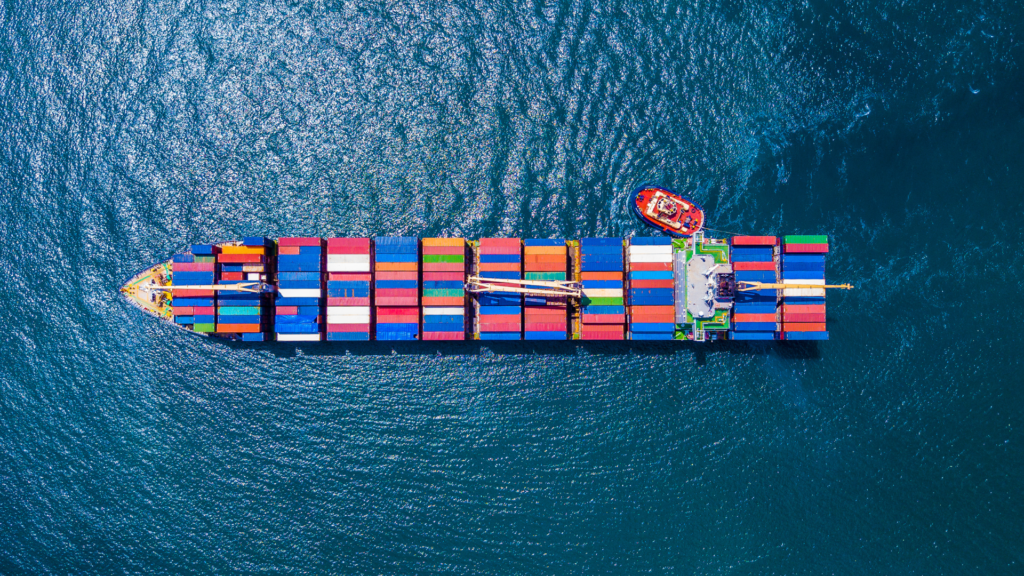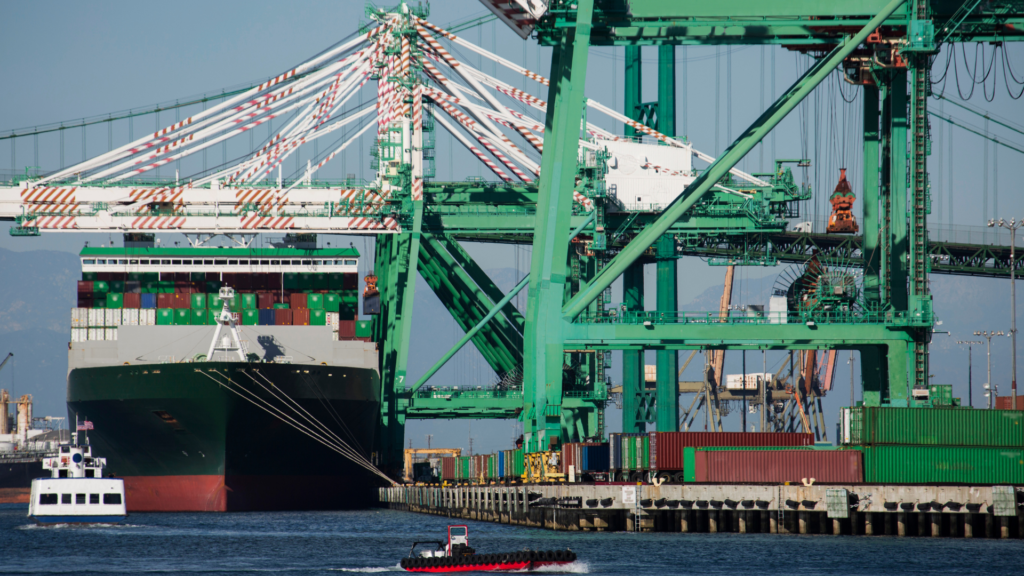Blank Sailings, Trade Shifts, and New Frameworks.
Your weekly round-up of supply chain news.
New Normal
Container rates are already back to pre-pandemic levels.
Ocean carriers are expected to use more blank sailings on the trans-Pacific to avoid further eastbound container rates from falling.
Ocean reliability is also improving but there’s still a long way to go.
“Carrier reliability was never good before, but fell way off [during the pandemic],” Alan Murphy, CEO of Sea-Intelligence Maritime Analysis said. “It is getting better now, but a long way from good.”
Capacity will slowly recalibrate to match the fall in demand on the trans-Pacific. The market is normalizing but it’s unclear what that will end up looking like.
“Like it or not, whether you appreciate what [the US Federal Reserve] has done or what the economy has done, we needed a breather,” Chen said. “The breather is what worked congestion out and as a result, we should be heading toward predictable capacity.”
Long Road Ahead
As tensions continue to rise between China and the US, companies are increasingly shifting their production to other countries like Mexico, Asia, and India.
Change is very slowly happening. US import from China is down 1.7%, the lowest it’s been since 2006.
“The barriers to the movement of capital, goods, and labor were all going down during the era of globalization,” retired US Gen. and now a partner at private equity firm KKR, David Petraeus said. “Globalization is not over by any means, but it is now become ‘slowbalization.’”
Covid really brought to light many issues with the supply chain. When companies saw continuous disruptions to their production and export from factories in China, they started looking elsewhere.
Especially now with increased restrictions on microchips and technology used in the military, with the Inflation Reduction Act favoring US manufacturing, and with a shrinking workforce in China caused by an aging population in China, the supply chain will change drastically.
However, countries like the Philippines and India don’t have the roads and rail infrastructure to easily move manufactured goods to the market.
“None of these other countries can replace China, none of them has the kind of colossal capacity that’s built up over many decades in China,” Petraeus said. “We can’t decouple from China. There’s selective decoupling taking place, on both sides.”
2023 Trade Agenda
The US is looking to add new trade frameworks in 2023.
The Biden administration is working on advancing the Indo-Pacific Economic Framework with Indian countries and on the Americas Partnership for Economic Prosperity with Latin American countries.
The US plans on collaborating with the European Union to resolve challenges like China’s non-market practices and work on trade agreements to reduce greenhouse gas emissions of imported steel and aluminum.
“By placing workers and everyday people at the center of our trade policy, the Biden administration will continue to use trade as a force for good, to build a durable and fair tomorrow by pursuing resilience, sustainability, and inclusive prosperity,” the USTR said in the report.
These frameworks will add foreign market access which will improve economic opportunities for US farmers, ranchers, and food manufacturers.




